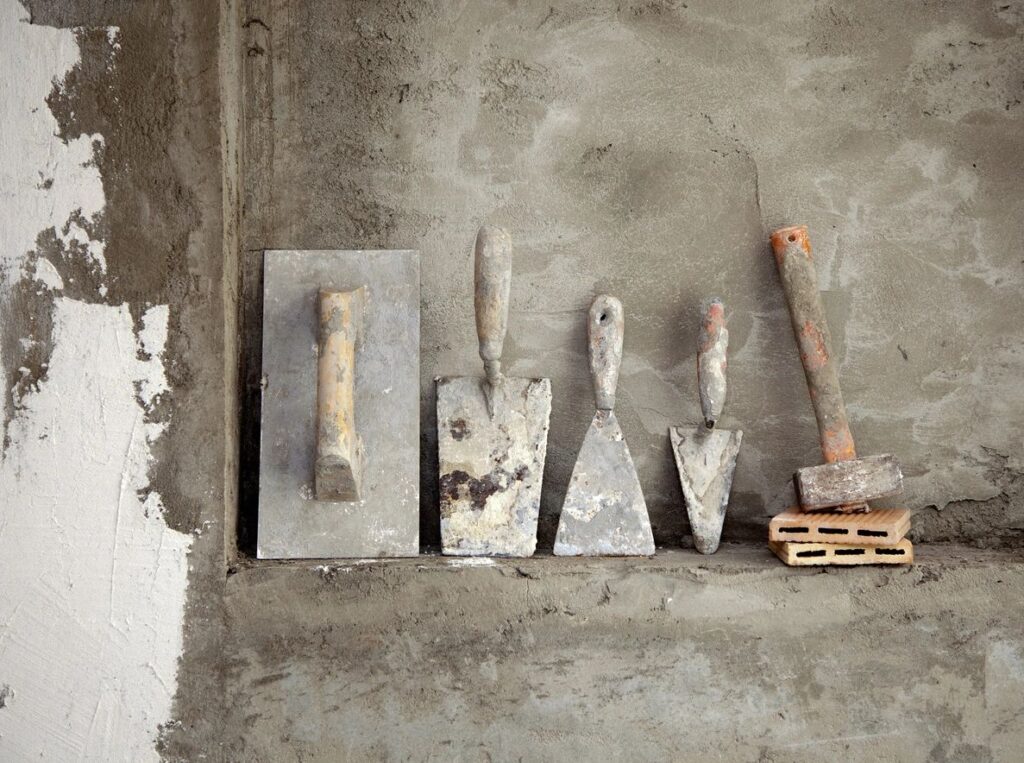
Ever buy a tool, use it once, and then let it collect dust in your garage? You’re not alone. Most people don’t need a power sander, post-hole digger, or tile cutter more than once or twice in their lives, yet we keep buying them because there aren’t many other options. A tool library changes that by offering a shared collection of tools that anyone in the community can borrow. It saves money, cuts down on waste, and encourages neighbors to work together. Plus- some of us in really rural spaces might not have a hardware store nearby.
Imagine fixing up your home, starting a garden, or tackling a DIY project without having to shell out for expensive tools you’ll barely use. That’s the power of a tool library—it keeps more cash in people’s pockets and helps reduce unnecessary consumption. If your town or neighborhood doesn’t have one yet, here’s why you should consider starting one.
The Problem With Buying Every Tool You Need
The idea of owning everything we might possibly need is baked into American consumer culture, but the truth is, most tools are used only a handful of times before they end up in the back of a garage or shed. This cycle of overconsumption has real downsides:
- It’s Expensive – Tools can be pricey, especially power tools and specialty equipment. Spending hundreds on something you’ll use once or twice isn’t great for your wallet.
- It Wastes Resources – Manufacturing, shipping, and eventually disposing of all these underused tools wastes energy and materials.
- It Takes Up Space – Most people don’t have unlimited storage, and tools can clutter up garages and sheds fast.
A tool library solves these problems by making tools accessible to everyone without requiring individual ownership. Instead of each household buying a $300 table saw that gets used twice a year, the whole community shares one.
How a Tool Library Saves You Money and Cuts Down Waste
A well-run tool library means that instead of buying, maintaining, and storing tools, you can just borrow what you need, when you need it. It’s a win-win:
- You Spend Less – Borrowing instead of buying means your money stays in your pocket instead of going toward tools you’ll rarely use.
- It Reduces Waste – Fewer tools being produced and thrown away means less environmental impact.
- It Encourages DIY Projects – More people are likely to tackle home repairs and improvements when they have easy, affordable access to the right tools.
- It Strengthens the Community – Tool libraries encourage people to share resources and skills, fostering stronger relationships between neighbors.
How to Start a Tool Library in Your Community
If your town doesn’t have a tool library yet, starting one is easier than you might think. Here’s a simple breakdown of how to get one up and running:
Step 1: Find a Space
A tool library doesn’t need to be fancy. A garage, shed, community center, or even a corner of an existing public library can work. The key is having a safe, organized place to store tools.
Step 2: Gather Tools
- Ask for donations – Many people have extra tools they rarely use and would love to give them a second life.
- Check thrift stores and garage sales – You can often find good-condition tools for cheap.
- Partner with local businesses – Some hardware stores might be willing to donate tools or offer discounts.
Step 3: Set Up a Simple Check-Out System
This can be as low-tech as a sign-out sheet or as advanced as an online tracking system. The important thing is knowing who has what tools and making sure they get returned in good shape.
Step 4: Spread the Word
Once your tool library is ready, let people know! Post about it on local social media groups, put up flyers in coffee shops and hardware stores, and talk to your neighbors. Hosting an open house or a tool-swap event can also generate interest.
Final Thoughts
A tool library isn’t just about tools—it’s about changing how we think about ownership, community, and sustainability. By sharing resources instead of buying more stuff, we keep money in our pockets, reduce waste, and create a culture of cooperation.
If you’re tired of spending money on tools you barely use and want to help your neighbors do the same, starting a tool library might be the best thing you can do for your community. So why not give it a shot?





